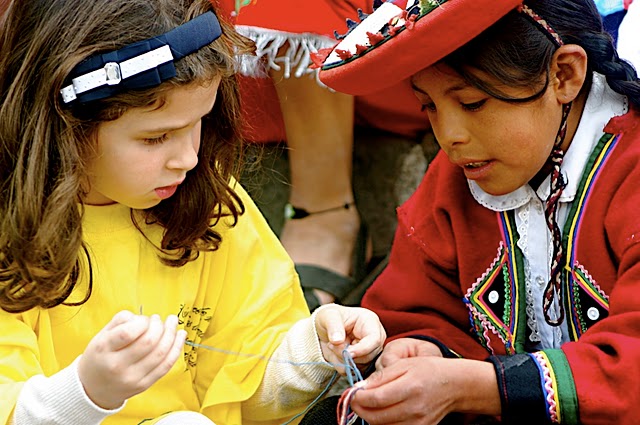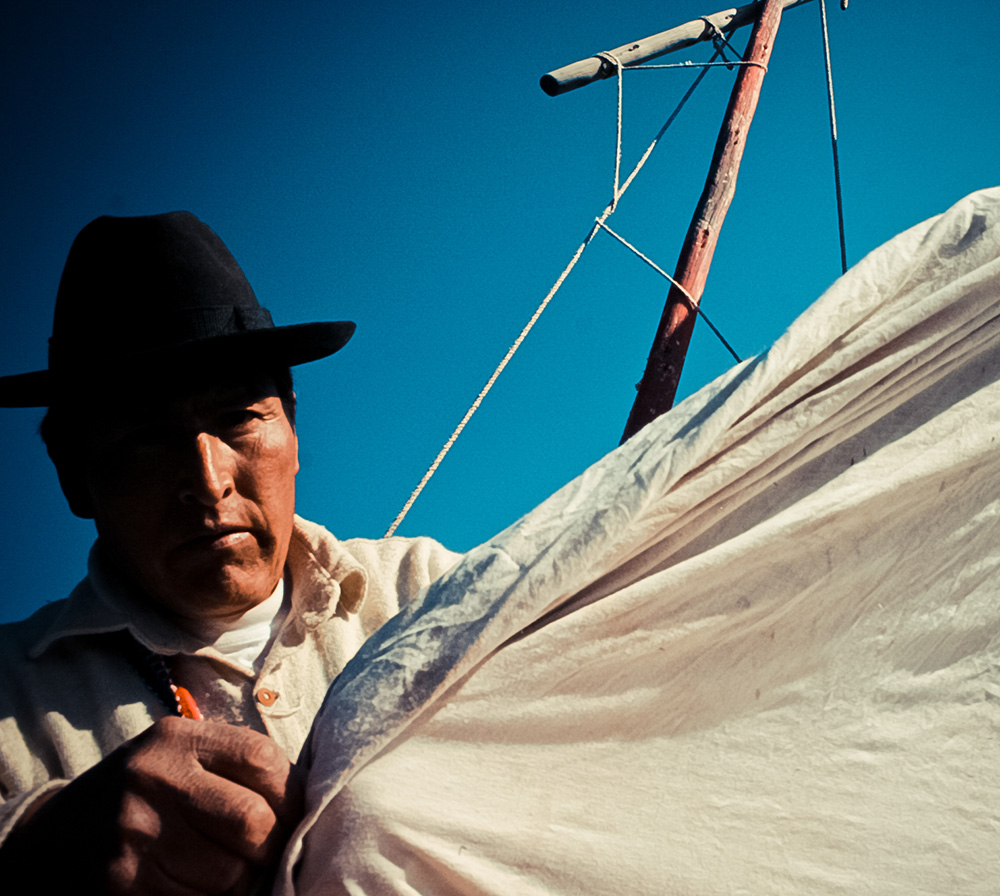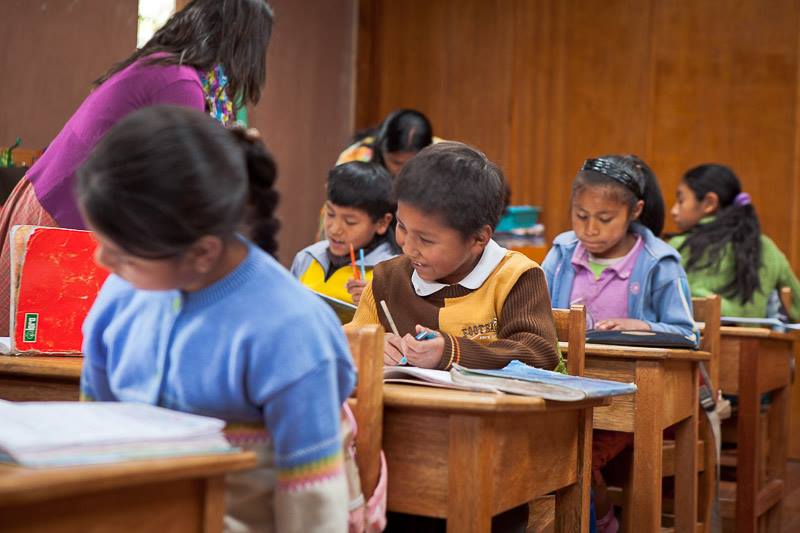Responsible travel Peru
Tourism plays a powerful, positive role in international development. It creates jobs, stimulates economies, and funnels funds into the preservation of national treasures. Travel allows for intercultural exchange and encourages empathy and understanding across peoples from different walks of life. The United Nations recognizes this potential: it considers international travel key to global development. And with over one billion tourists taking journeys across the globe annually, the tourism industry has more influence now than ever.
This September 27th marks the UN’s World Tourism Day 2015. The celebration, which this year takes place in Burkina Faso, highlights the myriad ways that responsible, sustainable travel enriches the lives of tourists and locals alike.
Aracari’s tours in Peru, Bolivia and the Galapagos are underpinned by values of ethical and sustainable tourism practices. We actively seek out partners and collaborators that share our goals, who promote sustainable business practices while working with local communities.These local partners benefit from the business and inspire other companies to follow suit. The communities involved in these operations are economically empowered. Meanwhile, travellers have a more authentic experience and contribute to sustainability. Everyone—the operators, communities and travellers—has a better experience and makes a positive impact.
In honor of #WTD2015, here are 5 organizations sustainable tourism in Peru initatives we love that support local communities through the power of tourism.
1. Tierra de los Yachaqs works with 8 communities in the Sacred Valley. The organization aims to preserve the history and traditions of local people. They enable communities to support their economy with authentic, high-quality tourism. Travellers visit the villages and take part in local customs, like textile demonstrations or hikes with llamas. Read our account of the visits in the following blog articles: La Tierra de los Yachaqs: Community based tourism in Peru’s Sacred Valley and Tierra de los Yachaqs: An Afternoon with the Weavers of Amaru Community in Cusco.
2. Kusi Kawsay, which means “happy life” in the native language of Quechua, unites early childhood education with local traditions. Inspired by the Waldorf school pedagogy, Kusi Kawsay incorporates art, dance, weaving and music into daily studies. They also teach Quechua to bolster students’ cultural identities and promote high self-esteem. More recently, their Kusi Ñan organic agriculture project has become a source of employment for the alumni. This allows graduates to remain in their district and community rather than migrate to the city in search for employment. Guests can visit the school and learn about this educational initiative from one of the founding parents of the school during an afternoon or morning in Pisac. Read about our visits to the school: The Latest from Kusi Kawsay School in the Urubamba Valley and Visit to Kusi Kawsay School in Peru’s Sacred Valley.
3. Albergues Peruanos was established in 2013 to support the development of sustainable tourism in Peru. The non-profit organization that fosters a network of unique and charming albergues lodges. The network offers access to destinations rarely visited by travellers from overseas, for unique off-the-beaten path experiences. All the lodges have been selected for their location, standards of hospitality, and connection to the natural environment. Aracari works with los Horcones de Túcume by Chiclayo. Read more here: Albergues Peruanos: Network of Sustainable Lodges in Peru.
4. Luquina Chico is a community based tourism project in a small village on the Chucuito Peninsula. Guests visiting Lake Titicaca can get an authentic look into the lives of indigenous Aymara speaking Peruvians. The proceeds from this initiative go towards alleviating poverty in the region. You can read about Aracari founder Marisol Mosquera’s visit to the community: Luquina Chico – Community Based Tourism on Lake Titicaca tours.
5. Queuña Raymi Tree Planting Project invites locals and volunteers alike to take part in planting projects every year. Their ultimate goal of planting a remarkable one million trees by 2020. Everyone who helps with the project, from children to the elderly, is treated to a communal dinner. Locals are also given a day’s salary for their hard work. Aracari participated in a reforestation project on November 29th, 2014, working with local communities in the Sacred Valley to plant 50,000 Queuña trees in one single day in the Lares watershed area of the Andes. Read more about the project in the following blog post: Queuña Raymi: Planting trees in the Sacred Valley to alleviate climate change



